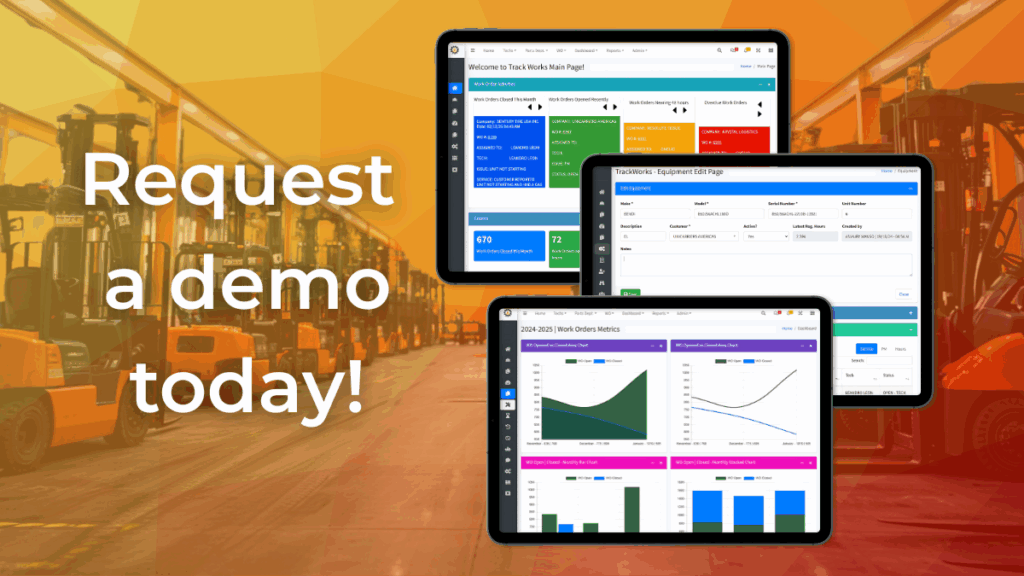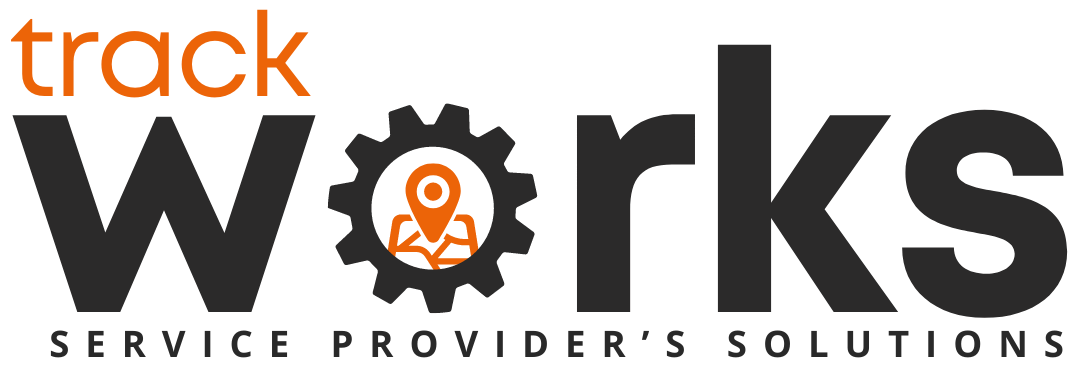Cloud vs. On-Premise Field Service Management: Which Is Right for Your Business?
Introduction
Choosing field service management (FSM) software isn’t just about features—it’s also about how the software is delivered. The two main options are cloud-based and on-premise. While the terms might sound technical, the difference is straightforward: cloud systems run on the internet and are hosted by the provider, while on-premise systems are installed and managed on your own hardware.
For field service businesses, the choice between the two has real consequences—affecting cost, scalability, mobility, and even customer experience. In this post, we’ll break down the differences, highlight the pros and cons, and help you decide which approach is best for your company.
1. What Does “On-Premise” Mean?
On-premise software is installed directly on your company’s computers or servers. You purchase licenses upfront, and your IT team (or a hired provider) maintains the system.
Characteristics:
- Runs on your local servers or office computers
- Requires upfront hardware and license costs
- Updates and upgrades must be handled internally
- Data is stored and secured in your own environment
Pros:
- Full control over data and infrastructure
- Customization can be deeper (if you have IT resources)
- May appeal to companies with strict data regulations
Cons:
- High upfront cost (servers, licenses, IT staff)
- Limited accessibility outside the office
- Slow to scale as your business grows
- Maintenance and updates are your responsibility
2. What Does “Cloud” Mean?
Cloud software is hosted by the software provider and accessed over the internet through browsers or apps. You pay a subscription fee, and the provider handles the heavy lifting: servers, updates, backups, and most of the security.
Characteristics:
- Runs on remote servers managed by the provider
- Accessed via web browser or mobile app
- Pay-as-you-go subscription model
- Data backed up automatically by the provider
Pros:
- Accessible from anywhere (office, home, job site)
- Low upfront costs—just a monthly or annual fee
- Automatic updates and feature rollouts
- Scales easily as you add technicians or service areas
- Built-in security and backups
Cons:
- Requires a reliable internet connection
- Less customizable compared to heavily tailored on-premise systems
- Ongoing subscription costs instead of a one-time license
3. Key Factors to Consider
a. Cost
- On-premise: Big upfront cost + ongoing IT expenses.
- Cloud: Smaller, predictable subscription fees.
b. Mobility
- On-premise: Limited access outside office network.
- Cloud: Technicians can log in from smartphones and tablets in the field.
c. Scalability
- On-premise: Adding new users often means buying new licenses and hardware.
- Cloud: Add or remove users instantly through your subscription.
d. Maintenance & Updates
- On-premise: You (or IT) manage updates and upgrades.
- Cloud: Updates happen automatically, often with no downtime.
e. Security
- On-premise: Security is your responsibility (firewalls, patches, monitoring).
- Cloud: Providers invest heavily in security, though you must trust their safeguards.
4. Which Works Best for Field Service Companies?
For many field service businesses, cloud-based FSM software is the better fit. Here’s why:
- Field teams need mobility. Cloud systems let technicians check schedules, update jobs, and collect signatures in real time from anywhere.
- IT costs are minimized. Smaller service businesses don’t always have dedicated IT staff to manage servers.
- Faster scaling. Adding new technicians or expanding to new areas is simple with cloud.
- Automatic updates. Cloud tools keep your system current without downtime or manual installs.
On-premise might make sense for larger enterprises with strict compliance rules or existing IT infrastructure. But for most small to mid-sized service businesses, the flexibility of cloud outweighs the drawbacks.
5. Common Misconceptions About Cloud
- “Cloud isn’t secure.” In reality, reputable providers often invest more in security than small businesses can manage on their own.
- “Cloud costs more in the long run.” While you pay subscriptions, the reduced IT overhead and faster ROI often balance the equation.
- “Cloud won’t work without internet.” Many systems (including Track Works) offer offline capabilities, syncing data when the connection returns.
6. Where Track Works Fits In
Track Works is designed as a cloud-first FSM platform because mobility, scalability, and simplicity are what most service businesses need.
With Track Works, you get:
- Anywhere access from desktop, tablet, or mobile app
- Automatic updates and no-hassle maintenance
- Built-in security and backups to protect your data
- Easy scaling as your team grows
- Offline support so technicians can keep working even without internet
This approach ensures you get the flexibility of the cloud without the complexity of managing servers or IT overhead.
Conclusion
The choice between cloud and on-premise FSM software comes down to control, cost, and convenience. While on-premise systems may still serve niche cases, cloud-based solutions are better suited for today’s mobile, fast-moving field service businesses.
With Track Works, you don’t just get cloud convenience—you get a platform built specifically for service businesses that need real-time visibility, scalability, and results.




No responses yet